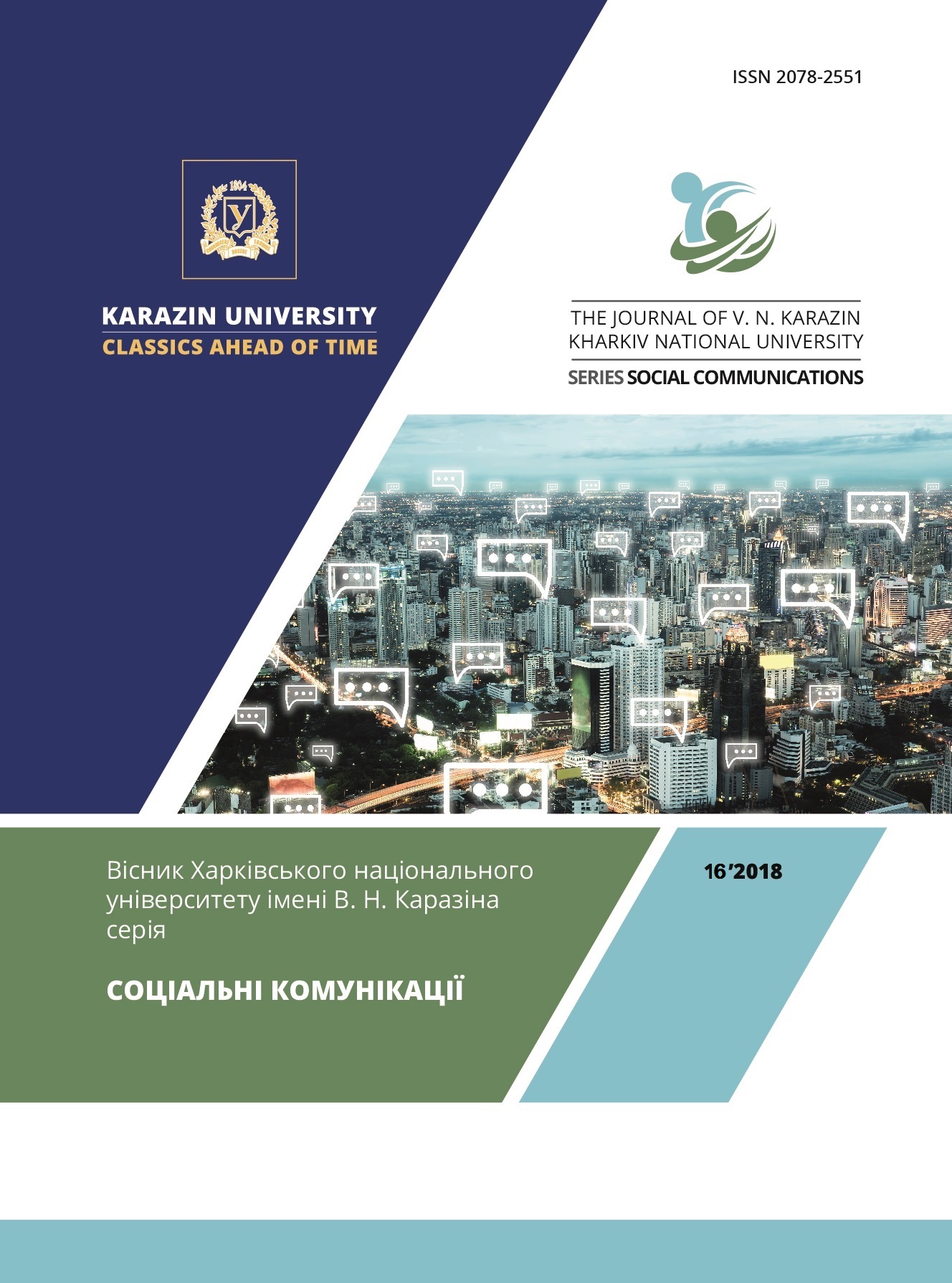Television entertainment programs as representations of relations of media, authorities, and society (retrospective review 1989–2019)
Abstract
Media coverage of public events not only reflects the existence of society but also influences the regulation of public relations in the field of culture and entertainment. For the most part, Ukrainian media analysts and media educators delve into the study of media products in terms of their craftsmanship, but an equally important issue is a comprehensive analysis of the interaction of creators of expression with the public, a way of working with sources of information according to the possibilities of access to target audiences. Since 1991, Ukrainian media looking for national identity and represent it in new national narratives relied on the achievements of the intellectual Ukrainian elites, cultural figures and personal preferences of those who had access to resources. This backbone allowed the Ukrainian media outlets to distance themselves in the early 1990s from the Soviet propaganda tradition of producing mass-media products and provide specifics for the development of public communication as an independent branch of public life. The importance of the first alternative media of the former USSR for the exercise of spreading the ideas of freedom of expression and diversity of opinion in independent Ukraine can hardly be overestimated. But were the Ukrainian media of the 90s able to take advantage of the window of opportunity that opened up for them to change the political paradigm? The purpose of this study is to identify trends in the representation of public relations by the media, the public, and the authorities on the example of entertainment television programs. This is especially true now, in the second decade of the 2000s, when populists and celebrities from the world of popular culture enter the political arena. According to Yury Andrukhovich’s apt statement, «we are all back to an era of advanced laugh culture». This thought draws us to the concept of M. Bakhtin’s laugh culture, with the study of the ambivalence of laughter as a tool to reduce the significance of being to bodily understanding in F. Rable and the «seriousness of laughter» of М. Gogol, which returns real meaning to humiliated phenomena through the «catharsis of vulgarity». The context to which laughter is the antithesis is important for understanding the function of laughter praxis. In the absence of cultural value platforms as a consequence of the postmodern era, laughter as entertainment destroys the object and replaces reality, serious being, denying culture and the right to privacy, in which the dictates of the mass become more important than the individual. Observing the dynamics of representations of public relations and media in television entertainment programs from 1989 to 2019 is not simply as a phenomenon of culture, but as acts of public communication to determine whether the communication is informative or manipulative on the part of creators, implementers and interpreters of public expression. This is important in terms of the ecology of public opinion, as the consumer is always in a weak position with respect to the information producer.




